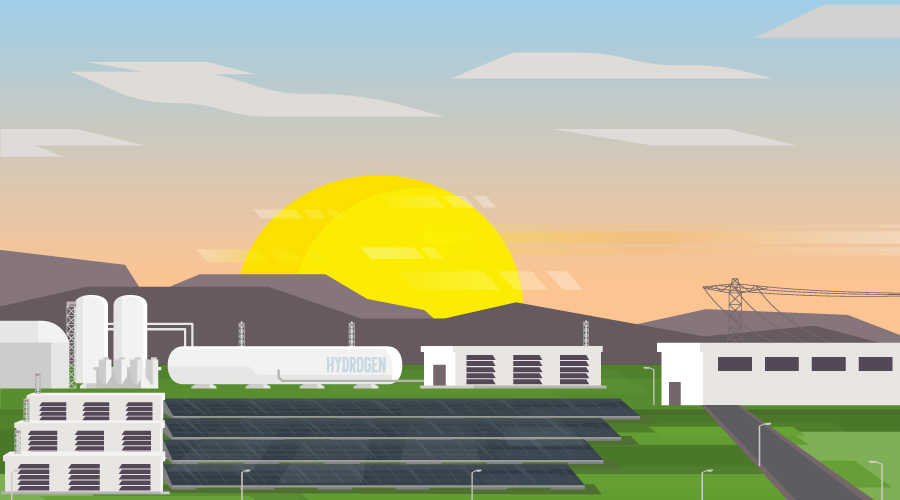A Stronger Maintenance-Sustainability Link
OTHER PARTS OF THIS ARTICLEPt. 1: This Page
Slowly but surely, discussions of sustainability over the last decade have come to acknowledge that the maintenance and operations of institutional and commercial facilities is central to minimizing facilities' environmental impact.
Now, a major new resource from ASHRAE promises to bring even greater recognition and efficiency to maintenance and engineering departments seeking to contribute to their organizations' sustainability efforts.
Most of the focus in the early years of the sustainability movement was on the way new buildings were designed and constructed. Starting from scratch in an effort to ensure materials and processes are sustainable is much more manageable than retrofitting an existing building.
One of the first acknowledgments of the central role of maintenance in the sustainability process was the introduction of the Leadership in Energy and Environmental Design for Existing Buildings-Operations & Maintenance (LEED-EB O&M) rating system. Introduced in 2002 and overhauled in 2006, the system offered managers guidance in their quest to bring greater environmental awareness to a host of facility operations, including plumbing and HVAC systems, in the nation's huge stock of existing buildings.
ASHRAE has now raised the sustainability stakes for maintenance and engineering departments. ASHRAE has published Guideline 32, Sustainable, High Performance Operations and Maintenance, gives managers "guidance on optimizing the operation and maintenance of buildings to achieve the lowest economic and environmental life-cycle cost without sacrificing safety or functionality," according to a draft of the guideline available for public review in May 2011. "This guideline applies to the ongoing operational practices for a building and its systems, particularly with respect to energy efficiency, occupant comfort, indoor air quality, health and safety."
The guideline contains recommendations for three levels: senior managers, facility managers, and technicians. The guideline offers each of these levels in the organization checklists to track whether appropriate steps are being taken to move toward high-performance operation and maintenance.
The specific inclusion of technicians in the guideline is a welcome and overdue acknowledgement that an organization's sustainability policies will succeed only to the extent that front-line workers who actually inspect, test, and maintain facilities' key systems and components buy into the process.
For more information, visit www.ashrae.org/bookstore.
Dan Hounsell offers observations about trends in maintenance and engineering management and the evolving role of managers in facilities.
Related Topics:











